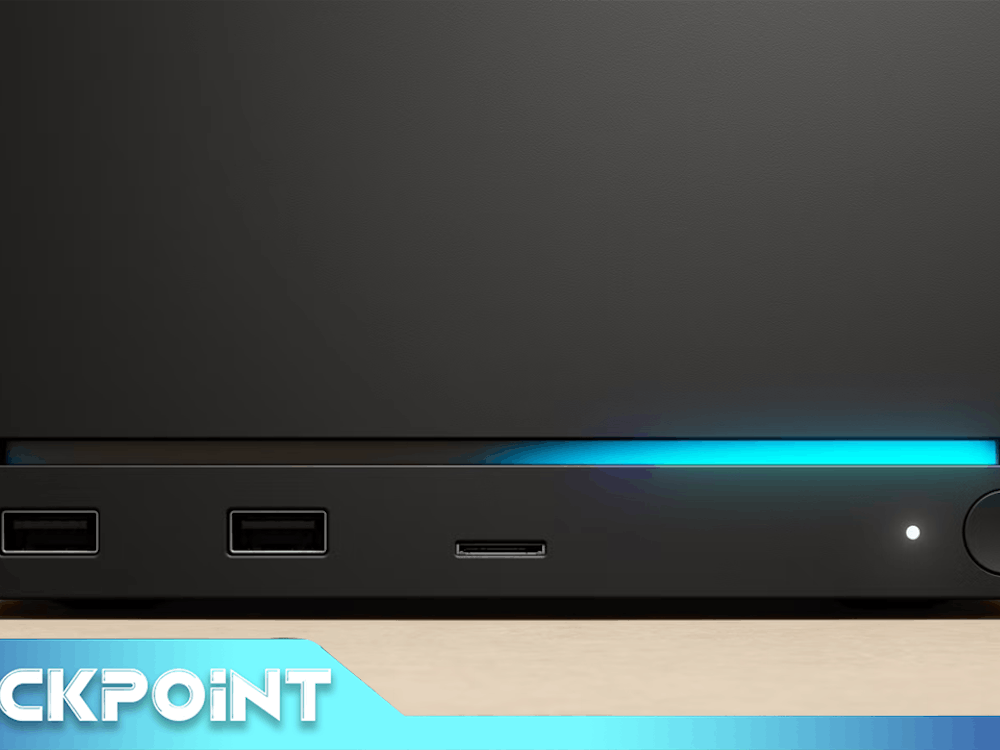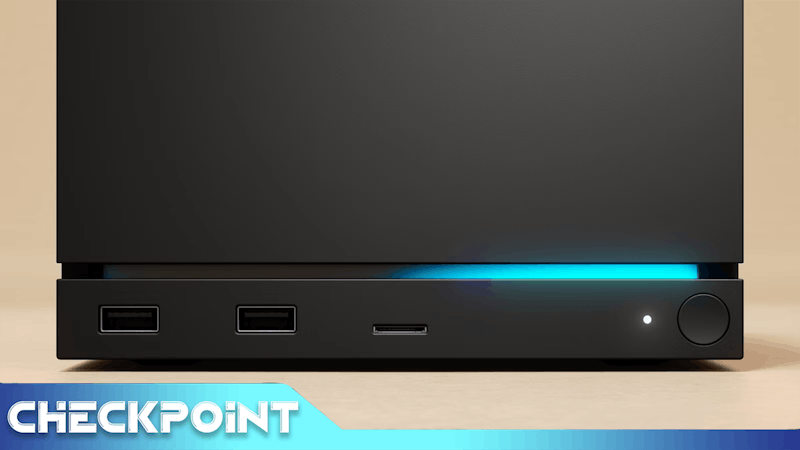by Conner Tighe Perhaps one of the most interesting gaming franchises out there, the Crash Bandicoot Saga, originally starting in 1996, has made its way to its fourth release last month. The saga is one of the first jump, run, slide, and boss battle riddled games I experienced back when I stumbled across an original PlayStation copy. As fun and memorable as it is, it’s also one of the most frustrating games I’ve played—no matter the title. Yet, I keep coming back to die repeatedly at the hands of misplaced stepping and nitro explosions. Bandicoot is a wild animal living on the N. Sanity island with his sister, Coco. When he’s captured and experimented on by evil Dr. Neo Cortex and Dr. Nitrus Brio, he develops more human-like characteristics, like higher intelligence and the ability to comprehend and think for himself. Despite Brio’s warnings of the subject-Bandicoot-failing, Cortex didn’t listen, and Bandicoot broke out of the lab. Now waking up back on N. Sanity island, Bandicoot must work with spirit Aku Aku to save his girlfriend, Tawna, from being experimented on as well. Despite the fascinating plot, you’re going to experience challenge after challenge even with the re released PS4 copy. I’ve highlighted some tips and tricks to make your adventure just a little easier.
Use the ropes
There are many levels on Crash Bandicoot where Bandicoot must maneuver a bridge missing most of its pieces, forcing players to think creatively. "The Road to Nowhere" level is the first to do so. The regular brown colored pieces of wood are safe to land on, whereas the red pieces, both whole and broken, are not. Whole pieces give the players seconds to land on before collapsing, while the broken pieces collapse instantly, causing you to lose a life and start over from the last checkpoint. Here’s where I can help. Yes, the level offers alternatives to crossing these travesties, like turtles and a bridge piece or two to hopefully land on to jump to the other side. But this is too risky, and unless you’re a highly-skilled jumper, you won’t make it. All these levels feature ropes on the sides. By carefully, and I mean carefully landing on one or the other, you can walk/run to the next piece of rope and so on. Jump off now and then to break boxes and get checkpoints, but don’t get too comfortable; one misstep, and you’ll fall to your death.Replay levels for more lives
Take advantage of every opportunity offered in all three titles. The original Crash Bandicoot is obviously tougher than Cortex Strikes Back and Warped, but you still may find yourself having to walk away after dying one too many times. Depending on the title you’re playing, you’ll be tasked with collecting different jewels. Each is equipped by completing different objectives, like destroying every box in a level or completing a level without dying. Something right under our noses is the wumpa fruit that comes from destroying certain boxes. Getting 100 wumpa fruits gets you a life. If you find yourself low on lives, play through past levels to get more lives and collect more jewels along the way.Analog vs. directional pad controls
The revamped saga allows players to play with analog controls and directional pad controls, which were the only option on the original releases. So, which is the easiest to use? Well, it depends. The game developers were clever in creating a 3D world using two different viewpoints throughout the saga. On the one hand, you’ll find the side view where Bandicoot maneuvers levels from left to right. On the other hand, Bandicoot will maneuver levels from back to front or vice versa. Both experiences are 3D, but the catch is depth perception; which is the main cause of my demise. Analog controls for front to back/back to front; directional controls for the left to right levels. Bandicoot is touchy and will jump with the slightest touch of the X button and could land you in a spot of trouble.The “slide-jump”
This tip applies to Cortex Strikes Back and Warped as players cannot slide in the original Crash Bandicoot. I have yet to achieve this expertly, but it’s possible to get the best jump possible with a carefully timed jump following a slide. By pressing the slide button, Bandicoot will go into a slide, but after immediately pressing the jump button, he will go for a higher jump which will make maneuvering obstacles that much easier. It’s a tricky maneuver, but worth it in the end.Watch your shadow
Ninety percent of the trilogy involves maneuvering, rounding, and perusing dangerous obstacles to get to the end. Jumping over enemies is the easy part, but landing on small platforms, turtle shells, or a single suspended box in the air, that’s difficult. Here’s where I can help. Ever notice the faint shadow of Crash/Coco seconds before you land? Use this to your advantage; it’s no coincidence that game developers created a shadow helping players land safer on platforms.Patience is everything
Patience is the most important tip if you take nothing else away from this article. The trilogy will test your patience to the point of “N. Sanity,” where even the most patient of people will find themselves punching a hole through the TV screen. (We hope not) But pay close attention to patterns and how objects and enemies walk, fly, and float before attempting to platform across. One mistimed jump could mean you start from the beginning of the level—depending on how many checkpoints the level offers. Approach the very edge of platforms and recognize the pattern of whatever it is you’re crossing before making your way.Sources: Crash Bandicoot Fandom, PCGamesN Featured Image: Link-Cable



















